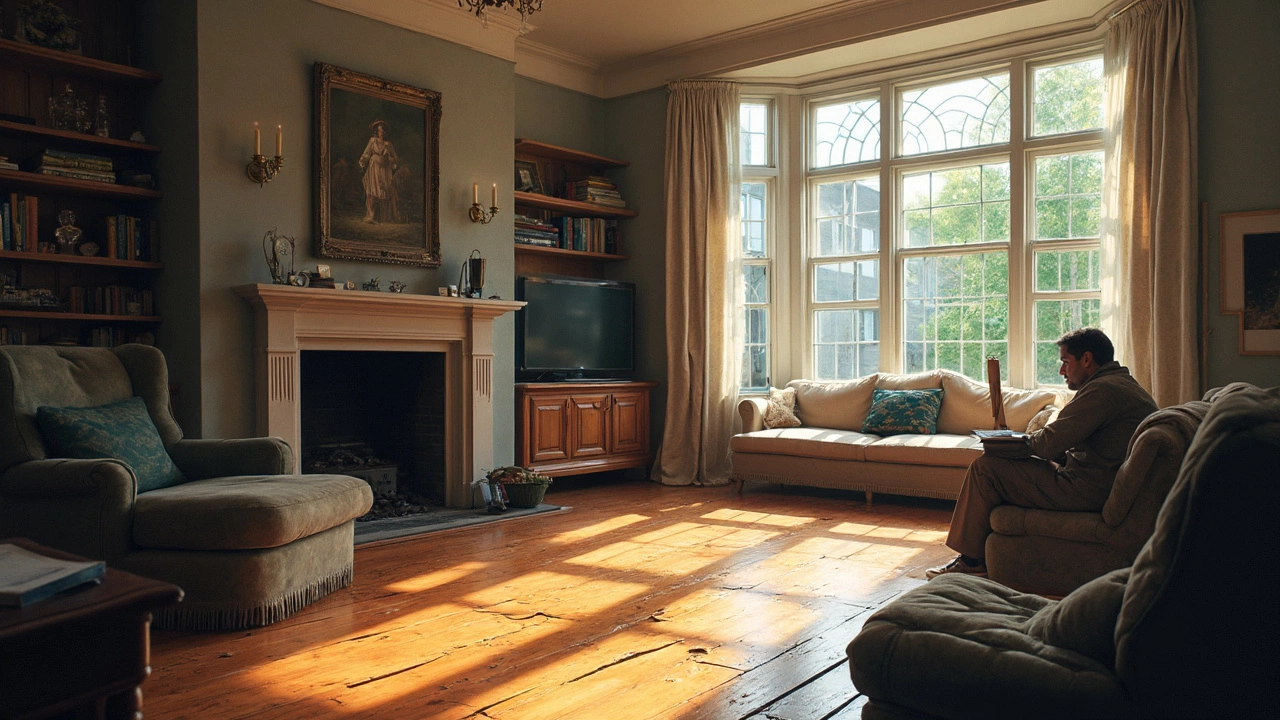Sagging Floors – Causes, Signs, and Simple Fixes
Ever walked across a floor and felt a dip under your feet? That’s a classic sign of a sagging floor, and it’s more than just an odd feeling. It can mean the joists are weak, the foundation is shifting, or the floor’s simply overloaded. Ignoring it can lead to cracks, squeaks, and even damage to doors and appliances. Let’s break down what causes a floor to sag and what you can do right now to stop it from getting worse.
Common Reasons for a Sagging Floor
First, you need to know why the floor is giving way. Here are the top culprits:
- Age and wear: Wood joists dry out over time, lose strength, and start to bow.
- Moisture damage: Leaking pipes, roof leaks, or a high water table can rot joists and create soft spots.
- Heavy loads: Storing a hot tub, heavy gym equipment, or a large wardrobe on a single spot can crush the joists underneath.
- Foundation movement: Soil shifts, settling, or poorly compacted fill can push walls inward, making the floor bow.
- Poor installation: If the joists were spaced too far apart or not properly secured, they’ll sag under normal use.
Spotting the cause helps you decide whether a quick DIY fix will work or if you need a pro to step in.
Quick Checks and DIY Fixes
Before you call in a contractor, run these simple checks:
- Feel for movement: Walk across the floor and note where it dips. Mark those spots with painter’s tape.
- Check for moisture: Look for water stains, mold, or a musty smell near the sag. If you find any, fix the leak first.
- Inspect the joists: In the basement or crawl space, look up at the joists beneath the marked area. Are they cracked, split, or unusually deep?
- Test load limits: Remove heavy items from the sagging spot and see if the dip lessens.
If the problem is limited to a small area and the joists look sound, you can try a few DIY solutions:
- Add sister joists: Screw a new, solid piece of lumber alongside the sagging joist. This shares the load and straightens the floor.
- Use shims or steel plates: For a quick level-out, place steel plates under the sagging spot while the new joist cures.
- Reinforce with plywood: Lay a sheet of ¾‑inch plywood over the affected area and secure it to the joists. It spreads weight more evenly.
These fixes work for minor sags. If the dip is large, the joists are broken, or you see foundation cracks, it’s time to bring in experts.
Professional help can include installing new joists, underpinning the foundation, or correcting structural issues that caused the sag in the first place. Since you’re already thinking about garage doors, remember that a sagging floor can affect door alignment and operation. A door that sticks or doesn’t close properly might just be a symptom of a bigger floor problem.
Bottom line: don’t wait for the floor to drop further. Do a quick inspection, fix any moisture issues, reinforce where you can, and call a qualified contractor for major repairs. A level floor keeps your home safe, looks better, and ensures doors—garage or interior—work smoothly.

Are Sagging Floors Covered by Insurance?
Feb 28, 2025, Posted by Damon Blackwood
Sagging floors can be a homeowner's nightmare, but the big question is whether insurance covers the cost of fixing them. We explore the ins and outs of insurance policies, what they typically cover, and how to increase your chances of making a successful claim. Understanding the causes of sagging floors is crucial for knowing when to reach out for professional help. We'll also share some proactive tips on maintenance to possibly avoid future headaches.
MORESEARCH HERE
Categories
TAGS
- foundation repair
- commercial construction
- construction
- new builds
- home improvement
- home renovation
- bathroom renovation
- residential construction
- construction materials
- home foundation
- renovation tips
- building types
- contractor
- foundation cracks
- home construction
- architectural services
- building codes
- construction differences
- home inspection
- kitchen installation